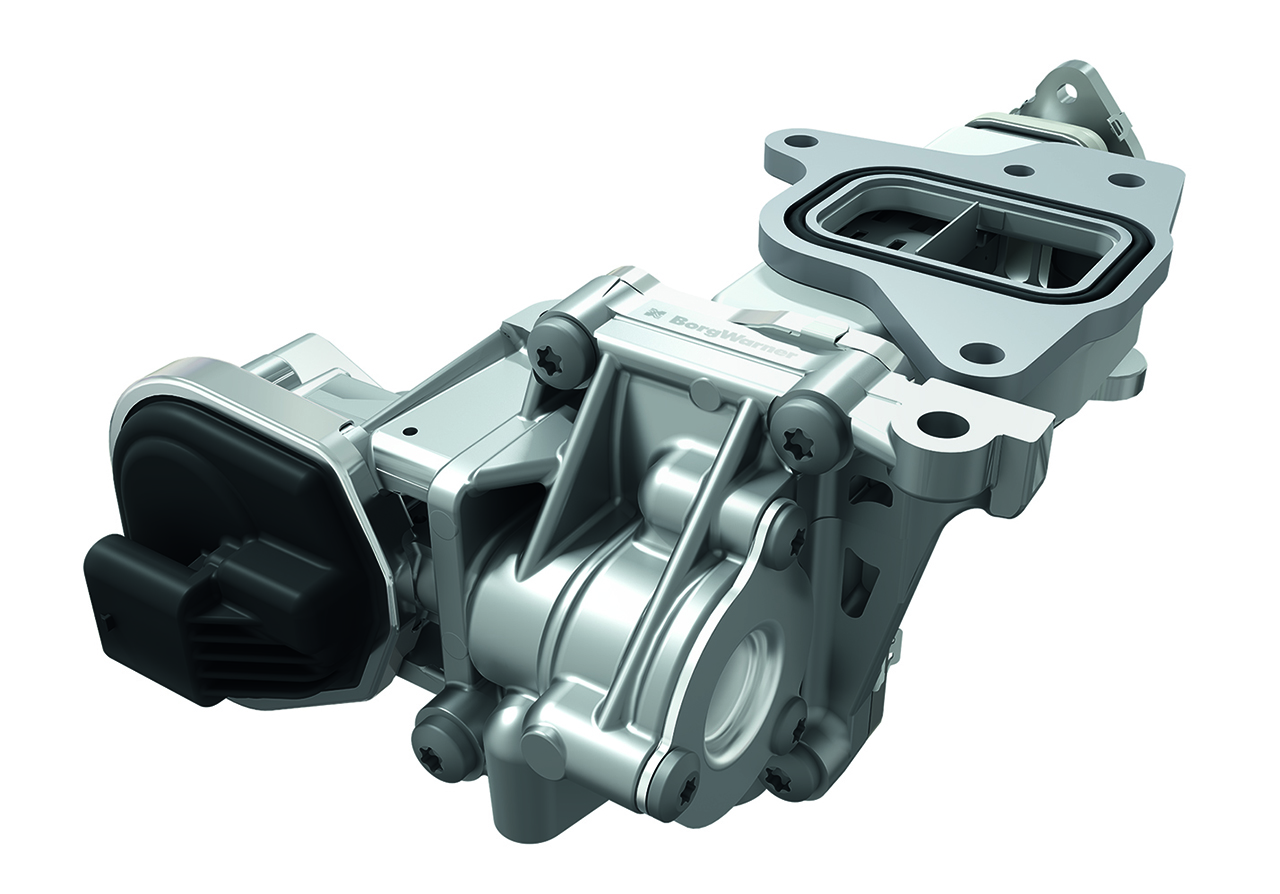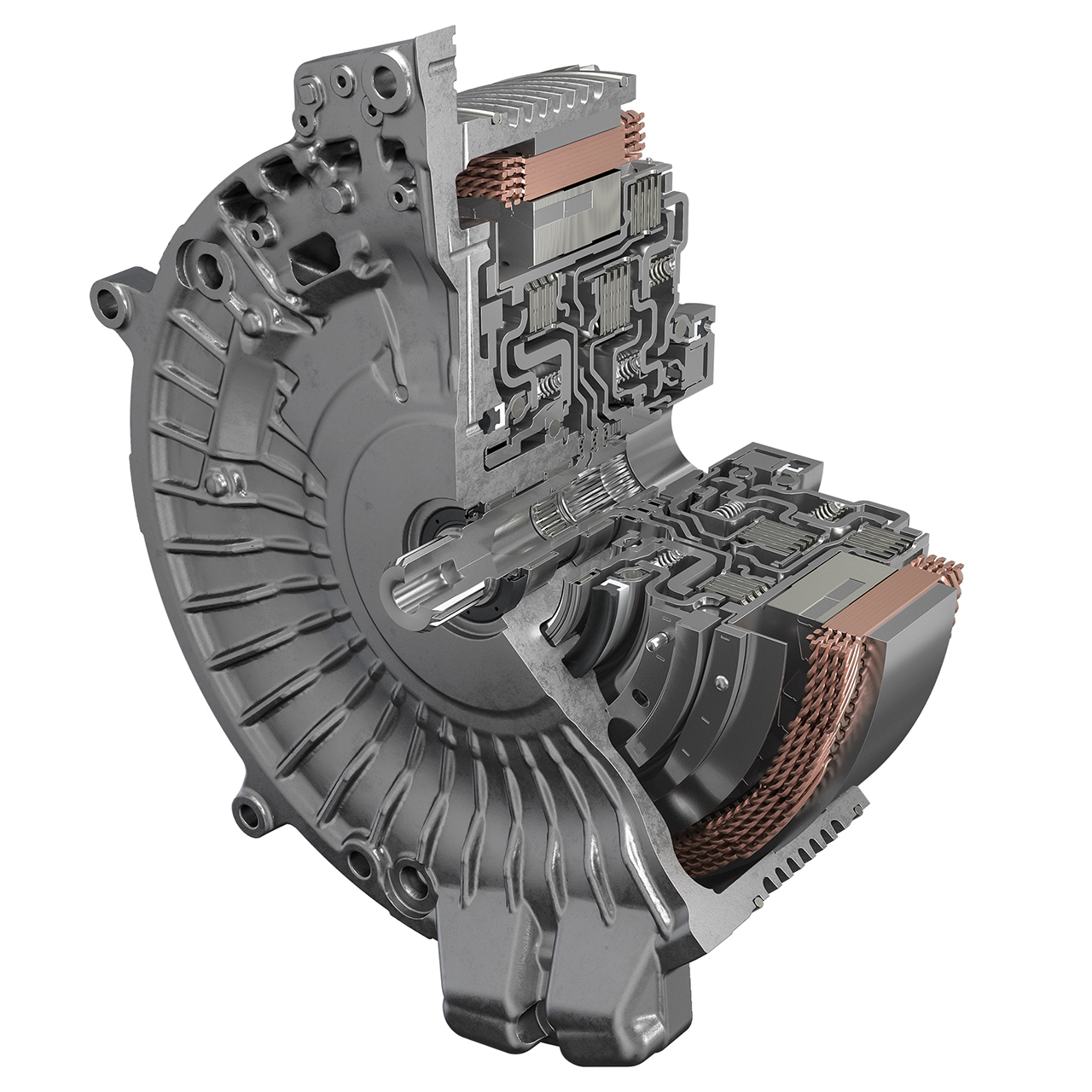BS-VI Transition Experience
The global automotive industry was undergoing a profound transformation when the Indian Supreme Court ruled that BS-VI emission regulations had to be met by all OEMs planning to sell automobiles in India beginning April 2020. The transition from BS-IV to BS-VI has been a giant leap for the automotive industry and especially the OEMs, who started exploring opportunities with the various suppliers as they had to redesign their supply chains to integrate new exhaust gas management solutions that would support BS-VI. BorgWarner has handled the transition to BS-VI seamlessly due to a strategic understanding of the Indian market and the close association it shares with the OEMs on multiple platforms, collaborating extensively and constantly delivering superior value to its customers.

Challenges
There have been multiple challenges that Tier 1 suppliers like BorgWarner and the OEMs in particular have had to face due to the transition to BS-VI. To list some of the key challenges, there have been issues related to meet the stringent timelines for BS-VI rollout, performance of the new BS-VI engines, fuel economy, total cost of ownership (on account of complex vehicle architecture, increased BS-VI fuel prices, repair and maintenance of the complex exhaust gas management solutions) and overall vehicle maintenance. To address these issues, BorgWarner has been at the forefront of developing leading technologies for all criteria required. The company’s strong local presence in India was another key benefit in overcoming the challenges that came with the transition from BS-IV to BS-VI.

Opportunities
BS-VI opened up a vast amount of opportunities for the entire automotive industry in terms of making a difference to the planet by supplying green technologies. BorgWarner has made the most of this by converting the challenges into opportunities. It has helped us strengthen our association with the customers to collaborate extensively on technologies to achieve BS-VI in a short timeframe of three years. It has also helped showcase technologies developed for global OEMs and the Indian car makers and tailor them based on the Indian context. BorgWarner has capitalized on this opportunity to enhance existing and forge new partnerships on the way to achieving the BS-VI legislation. The company has been instrumental in creating an ecosystem where suppliers and OEMs support each other to deliver world-class technologies while meeting emission legislations. BorgWarner will continue to strengthen these partnerships by sensing market opportunities to collaborate on the next generation technologies to achieve the second phase of BS-VI regulations.

Current and Upcoming Financial Year
Being a frontrunner in supporting the Indian OEMs to achieve on time certification for rolling out BS-VI vehicles, the FY 2020-21 was a testimony to the investment and foresight that BorgWarner possesses in terms of running its business with a strong customer-centric approach. The company senses that there are opportunities to further strengthen and consolidate its position in the market by pursuing its partnerships with multiple OEMs in FY 21-22 and showcasing its technologies to meet Phase 2 of BS-VI legislation which is targeted for 2023. The major growth driver for the industry this year would be the development of electrified vehicles. While the shift to full electric vehicles is still a long way away, at least until the relevant infrastructure for such vehicles becomes sustainable, BorgWarner is trying to be ahead of the market by demonstrating feasible solutions involving support for hybrid electric vehicles.